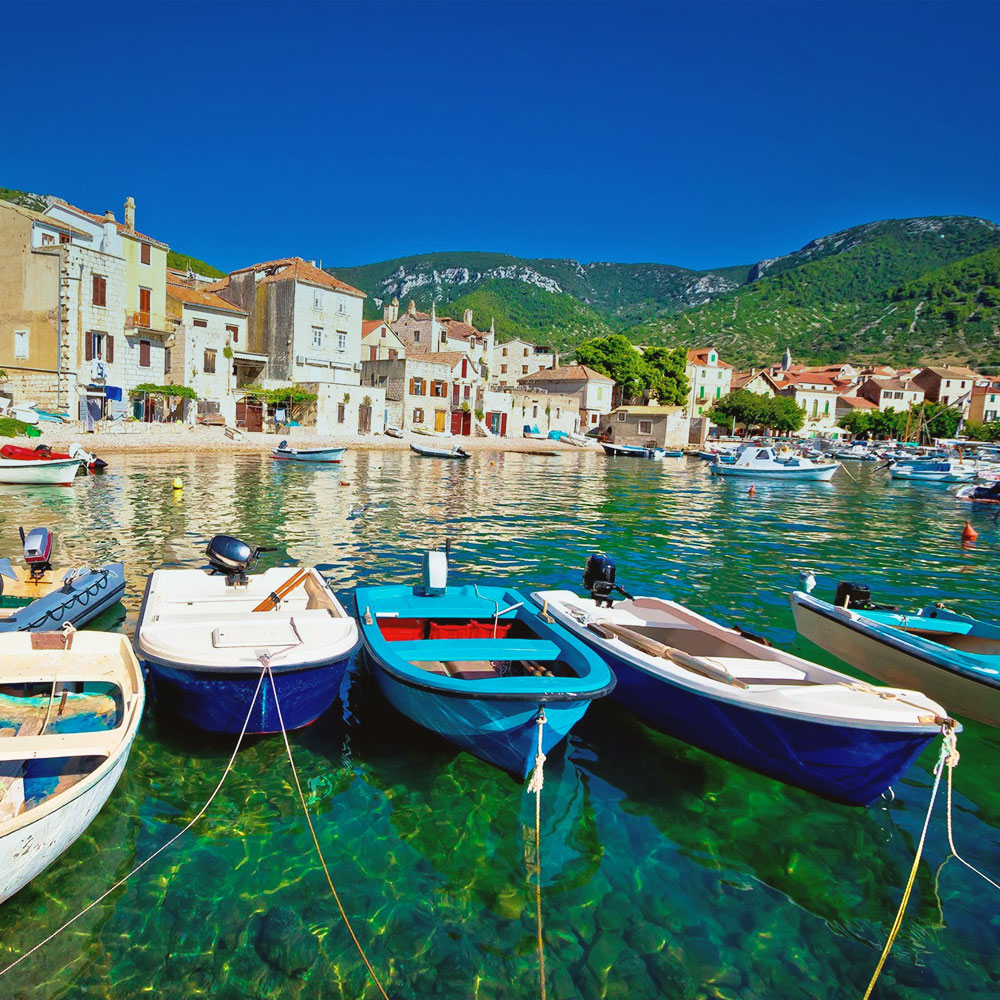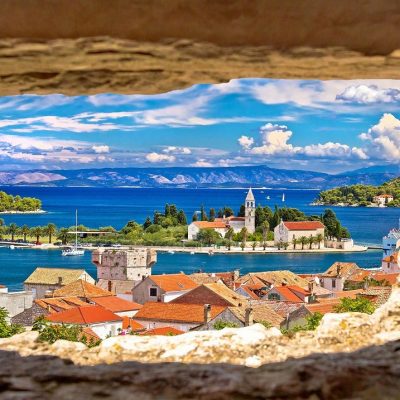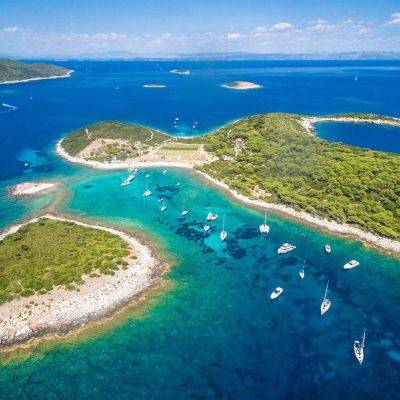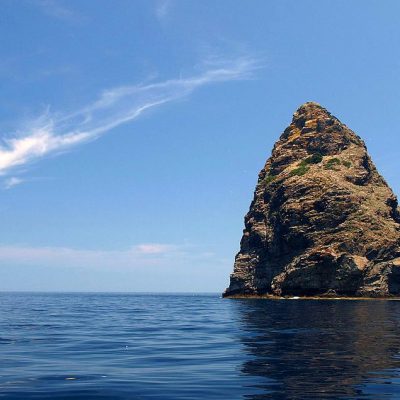
The island of Vis is a pearl among Croatian Adriatic islands
Since the independence of Croatia, the island began opening slowly to the outside world, offering it’s unique traditions, history, cultural heritage and natural beauties to the outside world, and it is slowly becoming one of the most popular tourist destinations in Croatia. During the long and turbulent history of the island of Vis, many of it’s inhabitants were leaving the island in search for better life, mainly across the ocean to Americas and Australia, taking with them their knowledge and skills and helping developing this emerging countries.
Today, many of their descendants from all over the world come to visit the island of their forefathers, and are astounded by the beauty and the cultural heritage of their homeland, wondering why their ancestors ever left the island of Vis. There are many of reasons, but most common ones were economic reasons – in the past the livelihood of the inhabitants of the island of Vis mainly depended on agriculture and fishing, and seasonal shortfalls of production due to bad weather or pestilence would render great economic difficulties for the population of the island of Vis, forcing them to leave the island. Today, this trend has changed and many foreigners come to the island of Vis, never to leave it again – making this beautiful Croatian island their home.
The island of Vis is the most protruding Croatian island with an area of 90.30 km2. It is surrounded by an archipelago of smaller islands and islets: Ravnik, Budikovac, Bisevo, Svetac, Jabuka, Brusnik and Palagruza. The nearest island to the east is the greenest Croatian island – the island of Korcula. Even though Vis and Korcula are neighbouring islands, there are no direct ferry nor catamaran connections between them, but it is possible to organise boat transfer for those without a car.
Further more to the south-east, the archipelago of the island of Lastovo is located, which today is a nature park. The channel of Hvar separates it from the island of Hvar, and the Bisevo channel from the island of Bisevo. It is approximately 60 miles away from the Italian coast. The island has three mountains stretching across it, and between these mountains are karstic fields.
Hum has the highest altitude (587 m), Sveti Duh (563 m), and Mali Hum (514 m). (See map of Vis) The locals are into agriculture, fishing and tourism. The coasts of the island are sloped and separated. To the west of the island is the Komiza bay and to the north is the Vis harbour, which are also two most important and largest island settlements and urban centres, connected by a regular bus connection that goes across the island. Along the coast of the island of Vis there are numerous small bays and coves, with modern houses which offer private accommodation in apartments and holiday houses, two biggest being Milna and Rukavac, situated on the south-eastern shore of the island.


